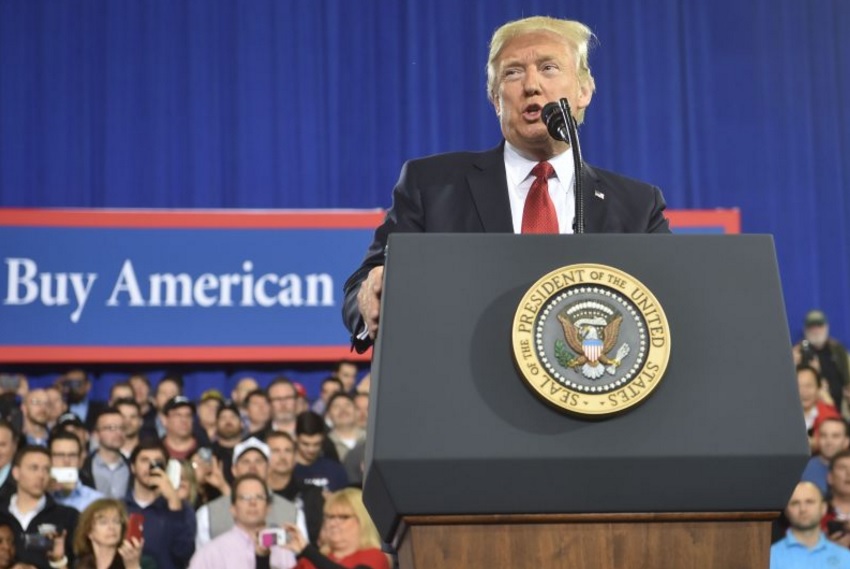 President Donald Trump’s statement on Wednesday reopened the fuel economy and emissions midterm review through the next year, possibly up to the original deadline of April 2018. It’s expected that the Trump administration will weaken the mandate, which when set in 2012, was to double average fleetwide fuel economy to 54.5 mpg by 2025. That mandate was actually based on real-world window sticker average mpg in the high-30s when factoring in automakers’ ability to trade credits and other factors that go into the corporate average fuel economy numbers. The midterm review was included in the 2012 negotiations, with automakers pushing to take a look at how the 2022-25 phase-two period would be going.
President Donald Trump’s statement on Wednesday reopened the fuel economy and emissions midterm review through the next year, possibly up to the original deadline of April 2018. It’s expected that the Trump administration will weaken the mandate, which when set in 2012, was to double average fleetwide fuel economy to 54.5 mpg by 2025. That mandate was actually based on real-world window sticker average mpg in the high-30s when factoring in automakers’ ability to trade credits and other factors that go into the corporate average fuel economy numbers. The midterm review was included in the 2012 negotiations, with automakers pushing to take a look at how the 2022-25 phase-two period would be going.
The Obama administration and Environmental Protection Agency’s decision in January to finalize the rules before Trump took office intensified the conflict. Automakers had begun lobbying Trump right after he won the election to extend the review and soften the mandate; and organizations that had advocated for the fuel economy standard and its enforcement issued statements supporting the Obama administration’s move.
Here’s a look at the roles that several parties to the matter are expected to play:
Automakers: Ford, General Motors, Toyota, and Volkswagen have led the argument that the numbers aren’t there. Low gasoline prices have supported record demand for SUVs, crossovers, and pickups and dragged on demand for hybrids and small, fuel-efficient vehicles. Plug-in electrified vehicle sales have grown to about 1% of the total market, but the growth rate over the past year isn’t helping on the fuel economy front. In Michigan last week, Trump met with the CEOs of GM, Ford, Fiat Chrysler Automobiles, and top U.S. executives from Toyota, Nissan, Daimler, others.
Mitch Bainwol, chief executive of the Auto Alliance, which represents 12 major automakers, including GM, Ford and Toyota, applauded the Trump administration’s decision last week. “We applaud the Administration’s decision to reinstate the data-driven review of the 2022-2025 standards. By restarting this review, analysis rather than politics will produce a final decision consistent with the process we all agreed to under ‘One National Program’ for GHG and fuel economy standards,” Bainwol said.
He said the industry will work with the EPA, the National Highway Traffic Safety Administration and the California Air Resources Board “in carefully determining how we can improve mileage and reduce carbon emissions while preserving vehicle safety, auto jobs and affordable new cars and trucks.”
Truckmakers: In August, the EPA issued phase-two standards to reduce greenhouse gas emissions coming from commercial trucks, buses, and vans, in three phases by 2027. The regulation is intended to cut carbon emissions by about 25% compared to the current rules. The trucking industry has not asked the Trump administration to reverse those rules, according to Sean McNally, spokesman for the American Trucking Associations.
Legislators: As expected, this decision continues to be more of a Republicans vs. Democrats debate. Republicans support the Trump administration’s decision, and like his argument on supporting American automakers grow their companies and create more jobs here. “We’re going to work on the CAFE standards so you can make cars in America again,” Trump said. “We’re gonna help the companies and they’re gonna help you.”
U.S. Senator Edward Markey (D.-Mass.) has been a vocal critic of the move. The action will lead to needless uncertainly for the auto industry, and consumers will end up having to pay more at the fuel pump, he said. He and other Democratic senators criticized the EPA emissions review before it had been issued. Senator Jeff Merkley said that its bad for the economy, environment and middle class families.
Consumer groups: In late February, Consumers Union (which publishes Consumer Reports) and the Consumer Federation of America sent a letter to Trump asking the administration to maintain the strong fuel economy standards – to help to lower fuel costs for middle class families across the country, support job creation and innovation, and improve air quality. Consumers Union’s research shows that consumers will have net savings of $3,200 per car and $4,800 per truck, over the life of a vehicle that meet the 2025 standards, even at today’s low gas prices. If gas prices rise, which two organizations expect they will, the savings would be significantly higher. Consumers will have more money to spend in other parts of the economy.
The two consumer organizations also make the case that automakers are already ahead of the standards through developing innovative, fuel-efficient technologies. “Thanks to fuel economy standards, the automakers have invested in innovative technologies to improve fuel economy, and their efforts have paid off. Automakers have not only met today’s fuel economy standards, but they have exceeded the standards in many cases, all while enjoying record profits and record sales,” the letter said.
Environmental groups: These groups see the announcement as part of a larger move by the Trump administration to overturn the Obama administration’s policies on climate change, and disregard for long-term air pollution standards like the Clean Air Act. Environmentalists have vowed to sue if the Trump administration weakens the rules, which they expect to happen.
Natural Resources Defense Council thinks it makes no sense, since the mileage standards would save consumers money at the gas pump, make the U.S. less dependent on oil, reduce carbon pollution, and advance technology innovation. It was also one of the ways GM was able to go from bankruptcy and return to financial strength.
The American Council for an Energy-Efficient Economy said that the Trump administration’s move was a bad one. Best known for its “Greenest and Meanest” awards, the organization usually stays out of public policy. This time, the ACEEE released findings from its study: it would reduce fuel consumption more than two million barrels of oil by day by 2025; eliminate six billion tons of greenhouse gas emissions over the lifetimes of vehicles of model years 2012-2025; and would save consumers over $1 trillion at the gas pump.
California: Trump didn’t mention California’s role in the future of the national standards. He won’t seek to revoke California’s clean car rules and zero emission vehicle mandate, according to a White House official. However, the official didn’t rule out the administration seeking to withdraw California’s authority on the matter in the future. Nine states and the District of Columbia have adopted its zero-emissions vehicle mandate, which uses a credit system that will require automakers to sell about 1.5 million passenger by 2025. These include battery electric, plug-in hybrid, and fuel cell vehicles.
Governor Jerry Grown and California Air Resources Board chair Mary Nichols have made strong statements that California will move forward on ZEV mandates regardless of what the federal government decides to do. They are taking things seriously, though. The state has hired former Attorney General Eric Holder in anticipation of legal challenges, according to the Sacramento Bee.
Market dynamics: Automakers and advocates of clean vehicles have for years been debating the structure behind the federal mandates. Under the rules, automakers have to hit fuel economy standards for manufacturing fuel efficient vehicles, but will enough of them be sold to meet the fuel economy and emissions targets?
That debate brings up the commonly cited conundrum of which economic side has to lead the way: supply or demand? It could bring up the “If you build it, he will come” line to call in Shoeless Joe Jackson during the Field of Dreams movie. Or, what comes first, the chicken or the egg? Or, putting the cart before the horse.
On the consumer side, the U.S. has seen hybrid sales soften and stagnate, but PEV sales increase at a faster pace than hybrids did 15 years ago. That’s been driven by passionate Tesla fans, PEV advocates well represented by groups like Plug In America, and consumers who like to lead the way as one of the first to adopt new technologies, and others who like the deals they’re getting through incentives and fuel savings.
Fleets will be playing an increasing important part of the PEV sales drive. Beyond a few major fleets like UPS, most had taken a very hesitant approach to electrified cars and trucks. That will be getting a major boost by the campaign taken on by 30 U.S. cities, led by Los Angeles Mayor Eric Garcetti, to get good deals from automakers. They have about $10 billion in acquisition funds for about 114,000 PEVs for their city fleets. These could go to vehicles like police patrol cars, street sweepers, trash trucks, and other applications. Buying that many PEVs would increase the segments U.S. sales by about 72%.
Market forecasters see PEV and hybrid sales staying at about this level for now. However, that’s expected to increase dramatically in the near future, with one noted analyst expecting to see PEVs and hybrids making up 10% to 15% of total U.S. sales in the next 10 years. State incentives and federal tax credits play into it, along with extended range, improved performance PEVs coming to market. Ford said it will bring an all-electric SUV with 300-miles of range to market by 2020, GM started doing well selling the 238-mile range Chevy Bolt; Nissan has said a new generation Leaf with 200 mile range will be rolled out; and in January Tesla started making batteries at its Gigafactory for the Model 3 to roll out later this year.
China: That country has been another important market for global automakers to consider for its PEV sales strategy. The numbers have been huge in recent years as China beat out the U.S. as the leading global PEV market. Government policies are starting to change, which appear to be softening that lead. Sales of “new energy vehicles,” the term China uses to refer to battery-electric vehicles, plug-in hybrids and fuel-cell cars, dropped 74% in January from a year earlier to 5,682 units, according to China’s auto association. The government had cut subsidies more than a fight at the beginning of the year. Rules may be revised that had mandated automakers to produce and sell certain volumes of PEVs in the market.
 UCS rates PEV energy emissions: The Union of Concerned Scientists is seeing real improvements in how clean plug-in electrified vehicles really are based on what’s powering the electricity. The study found that the overall global warming emissions from driving an electric vehicle is significantly lower for most of the US. Data comes from a U.S. Environmental Protection Agency report on emissions from electricity generation through the end of 2014; the last UCS reported had looked at 2009 data reported in 2012. Global warming emissions from electricity generation have fallen in since 2009 in many parts of the US, making PEVs even cleaner. The average electric vehicle in the US now produces emissions equivalent to a hypothetical gasoline car achieving 73 mpg, according to UCS. About half of PEVs sold have gone to California, which had a 95 mpg emissions equivalent rating. The next 5 states for PEV sales (Georgia, Washington, New York, Florida, and Texas) made up 20% of US PEV sales and are regions that have emissions ratings of 50 mpg or better.
UCS rates PEV energy emissions: The Union of Concerned Scientists is seeing real improvements in how clean plug-in electrified vehicles really are based on what’s powering the electricity. The study found that the overall global warming emissions from driving an electric vehicle is significantly lower for most of the US. Data comes from a U.S. Environmental Protection Agency report on emissions from electricity generation through the end of 2014; the last UCS reported had looked at 2009 data reported in 2012. Global warming emissions from electricity generation have fallen in since 2009 in many parts of the US, making PEVs even cleaner. The average electric vehicle in the US now produces emissions equivalent to a hypothetical gasoline car achieving 73 mpg, according to UCS. About half of PEVs sold have gone to California, which had a 95 mpg emissions equivalent rating. The next 5 states for PEV sales (Georgia, Washington, New York, Florida, and Texas) made up 20% of US PEV sales and are regions that have emissions ratings of 50 mpg or better. Propane autogas incentive program deadline: Time is running out for fleets to take advantage of the Propane Education & Research Council’s Quick-Connect Nozzle Incentive Program. Private fleets and public refueling stations have until June 30 to apply for the incentive program, which provides $100 per tank-side connector and $1,000 per hose-end connector. The new double incentives of $100 per tank-side connector and $1,000 per hose-end connector were expanded on March 1, 2017, to further help fleet owners replace their current refueling technology. Begin the application process by completing the online form at propanecouncil.org.
Propane autogas incentive program deadline: Time is running out for fleets to take advantage of the Propane Education & Research Council’s Quick-Connect Nozzle Incentive Program. Private fleets and public refueling stations have until June 30 to apply for the incentive program, which provides $100 per tank-side connector and $1,000 per hose-end connector. The new double incentives of $100 per tank-side connector and $1,000 per hose-end connector were expanded on March 1, 2017, to further help fleet owners replace their current refueling technology. Begin the application process by completing the online form at propanecouncil.org.
 Ford changes over CEO: Ford’s Mark Field is
Ford changes over CEO: Ford’s Mark Field is 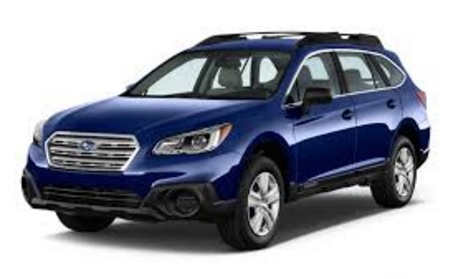 Subaru Corp. is taking electric cars more seriously than ever, as most automakers add these vehicles to their plans. The company is looking into adding electric drives to current models over designing an all-new electric car,
Subaru Corp. is taking electric cars more seriously than ever, as most automakers add these vehicles to their plans. The company is looking into adding electric drives to current models over designing an all-new electric car, 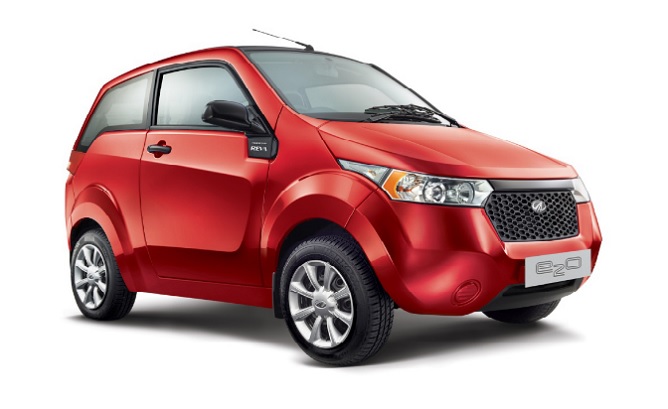 India’s national government is supporting vehicle electrification in a fast growing global auto market. Some of that will take place through generous incentives, government fleet vehicle acquisitions, and a growing charging infrastructure. The government wants to get rid of traditional petroleum-powered vehicles in the near future – but there are serious barriers to cross.
India’s national government is supporting vehicle electrification in a fast growing global auto market. Some of that will take place through generous incentives, government fleet vehicle acquisitions, and a growing charging infrastructure. The government wants to get rid of traditional petroleum-powered vehicles in the near future – but there are serious barriers to cross. 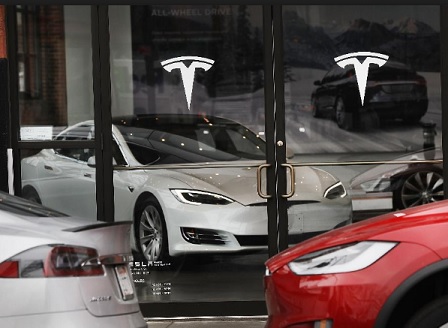 If you’re looking to add cleantech stock to your portfolio, is there anything to buy beyond Tesla Inc.
If you’re looking to add cleantech stock to your portfolio, is there anything to buy beyond Tesla Inc.  President Donald Trump’s statement on Wednesday reopened the fuel economy and emissions midterm review through the next year, possibly up to the original deadline of April 2018. It’s expected that the Trump administration will weaken the mandate, which when set in 2012, was to double average fleetwide fuel economy to 54.5 mpg by 2025. That mandate was actually based on real-world window sticker average mpg in the high-30s when factoring in automakers’ ability to trade credits and other factors that go into the corporate average fuel economy numbers. The midterm review was included in the 2012 negotiations, with automakers pushing to take a look at how the 2022-25 phase-two period would be going.
President Donald Trump’s statement on Wednesday reopened the fuel economy and emissions midterm review through the next year, possibly up to the original deadline of April 2018. It’s expected that the Trump administration will weaken the mandate, which when set in 2012, was to double average fleetwide fuel economy to 54.5 mpg by 2025. That mandate was actually based on real-world window sticker average mpg in the high-30s when factoring in automakers’ ability to trade credits and other factors that go into the corporate average fuel economy numbers. The midterm review was included in the 2012 negotiations, with automakers pushing to take a look at how the 2022-25 phase-two period would be going. concepts
concepts 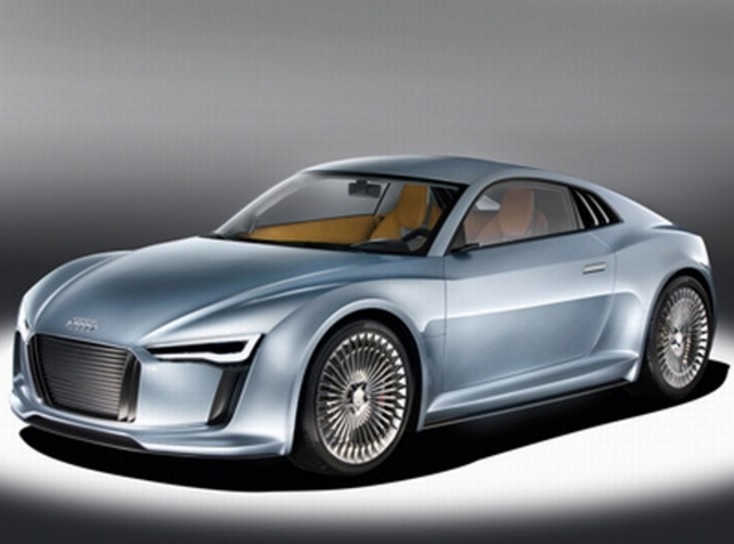 months after being started up for development. That prototype test model was powered by two electric motors producing a combined 456 brake horsepower and 679 lb.-ft., with 0 to 62 mph in 3.9 seconds. The new hypercar could be a rival to similar vehicles in the works, such as the Mercedes Project One and Aston Martin Valkyrie. (The featured image is another Audi concept released a few years ago.) The German VW subsidiary has committed to having three electric production cars on sale by the end of the decade. The Audi Q6 e-tron sport utility vehicle should be the first to come out, and ready for launch later this year. Stadler also expressed interest in the company’s role in the Formula E series and the idea of electromobility.
months after being started up for development. That prototype test model was powered by two electric motors producing a combined 456 brake horsepower and 679 lb.-ft., with 0 to 62 mph in 3.9 seconds. The new hypercar could be a rival to similar vehicles in the works, such as the Mercedes Project One and Aston Martin Valkyrie. (The featured image is another Audi concept released a few years ago.) The German VW subsidiary has committed to having three electric production cars on sale by the end of the decade. The Audi Q6 e-tron sport utility vehicle should be the first to come out, and ready for launch later this year. Stadler also expressed interest in the company’s role in the Formula E series and the idea of electromobility.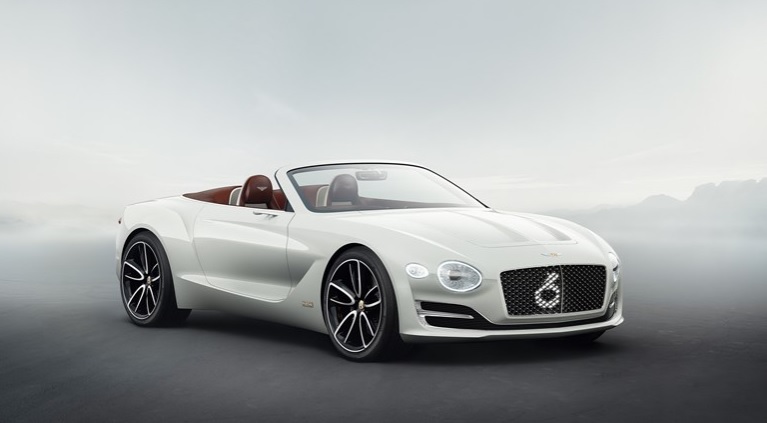 access to wireless charging as one of its offerings. If rapid wireless charging isn’t available for a few years, the electric car can be charged through an auxiliary charging point that will be out sight behind the rear license plate. The compmany reiterated its plan to introduce plug-in hybrid electric vehicle models across the Bentley model range, which will start with the Bentayga in 2018. As for the EXP 12 Speed 6e, “Bentley is committed to offering an electric model in its future portfolio and we are interested to receive feedback on this concept,” said Wolfgang Dürheimer, chairman and chief executive.
access to wireless charging as one of its offerings. If rapid wireless charging isn’t available for a few years, the electric car can be charged through an auxiliary charging point that will be out sight behind the rear license plate. The compmany reiterated its plan to introduce plug-in hybrid electric vehicle models across the Bentley model range, which will start with the Bentayga in 2018. As for the EXP 12 Speed 6e, “Bentley is committed to offering an electric model in its future portfolio and we are interested to receive feedback on this concept,” said Wolfgang Dürheimer, chairman and chief executive.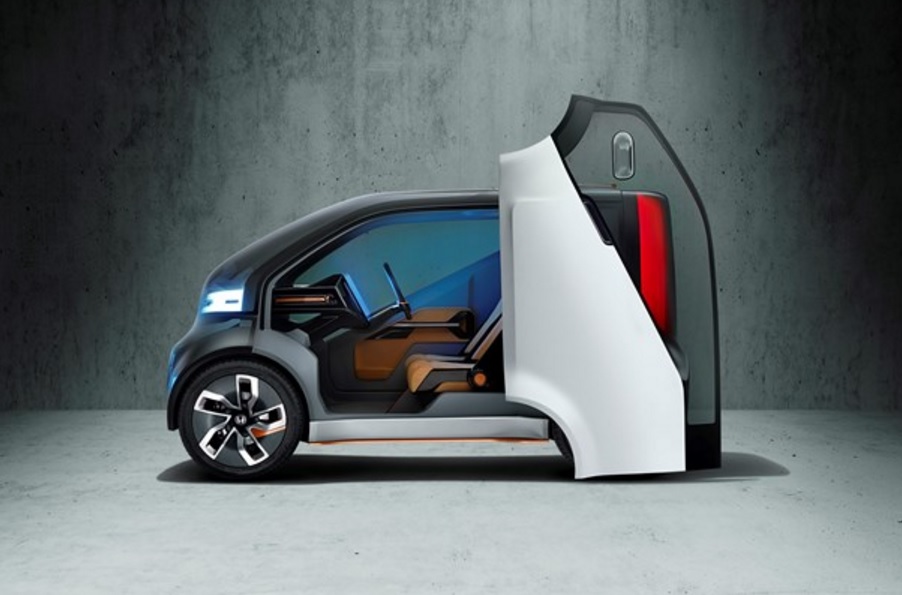 (New Electric Urban Vehicle) will be part of it and was announced in Geneva. The all-electric concept vehicle will offer owners both personal trips and a revenue model for automated ridesharing when the owner doesn’t need to use the vehicle. Rolling out hybrid technology across of its vehicle line will be the first part of the Electric Vision; and the automaker said it will also make available a line of plug-in hybrid, battery electric, and hydrogen fuel cell vehicles in the European market. “We will leverage Honda’s global R&D resources to accelerate the introduction of a full portfolio of advanced, electrified powertrains for the European customer,” Inoue said.
(New Electric Urban Vehicle) will be part of it and was announced in Geneva. The all-electric concept vehicle will offer owners both personal trips and a revenue model for automated ridesharing when the owner doesn’t need to use the vehicle. Rolling out hybrid technology across of its vehicle line will be the first part of the Electric Vision; and the automaker said it will also make available a line of plug-in hybrid, battery electric, and hydrogen fuel cell vehicles in the European market. “We will leverage Honda’s global R&D resources to accelerate the introduction of a full portfolio of advanced, electrified powertrains for the European customer,” Inoue said. 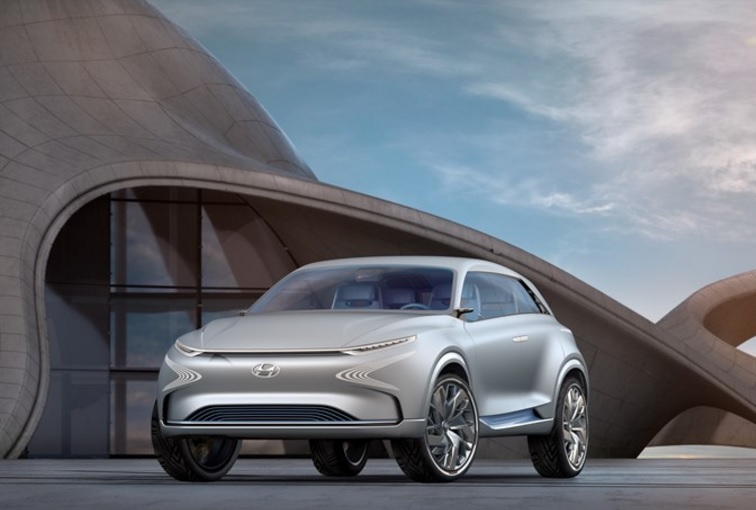 The company says it will go 800 kilometers (497 miles) on a tank of hydrogen. Hyundai said it will be 20% lighter and have 10% greater efficiency than the Tucson Fuel Cell (called the ix35 in Europe). Energy density will be improving quite a bit, by 30%, which the company said will be integral in boosting the range from 265 miles in the Tucson Fuel Cell to 497 miles in the FE Fuel Cell Concept (at least for now; EPA fuel economy ratings will probably bring down that total for the concept fuel cell vehicle).
The company says it will go 800 kilometers (497 miles) on a tank of hydrogen. Hyundai said it will be 20% lighter and have 10% greater efficiency than the Tucson Fuel Cell (called the ix35 in Europe). Energy density will be improving quite a bit, by 30%, which the company said will be integral in boosting the range from 265 miles in the Tucson Fuel Cell to 497 miles in the FE Fuel Cell Concept (at least for now; EPA fuel economy ratings will probably bring down that total for the concept fuel cell vehicle).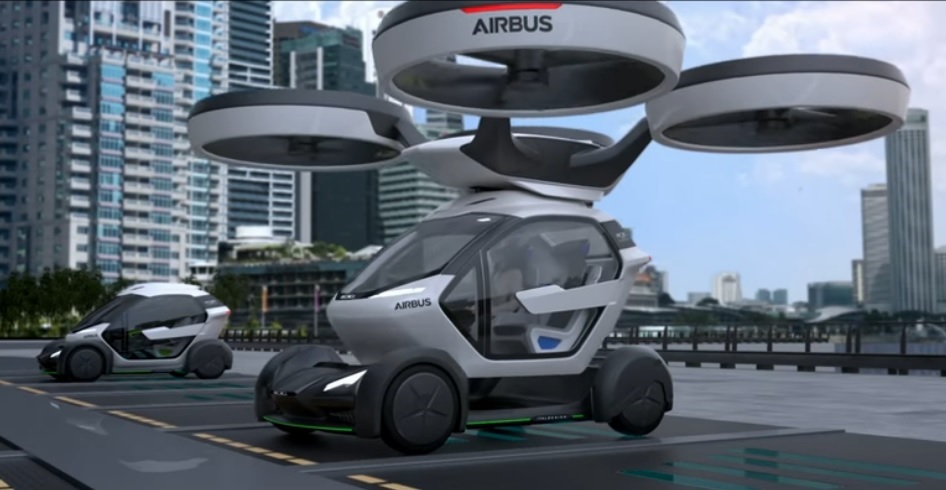 driving and able to release its passenger to a flying drone. A drone will hover over the car, attach itself, and then carry the passenger pod to its destination. Italdesign’s Capsula concept goes back all the way to the 1982 Turn auto show. The new concept vehicle from Italdesign and Airbus would offer the latest in ground mobility tapped into flying vehicle technology being tested – ideal for crowded city streets.
driving and able to release its passenger to a flying drone. A drone will hover over the car, attach itself, and then carry the passenger pod to its destination. Italdesign’s Capsula concept goes back all the way to the 1982 Turn auto show. The new concept vehicle from Italdesign and Airbus would offer the latest in ground mobility tapped into flying vehicle technology being tested – ideal for crowded city streets.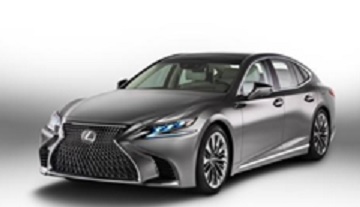 version of Lexus’s flagship sedan. The Toyota division hasn’t released the price, but it could compete directly with the Tesla Model S at a base level and go near $90,000 at the high end. It has a V6 gasoline engine paired with two electric motors, a lithium-ion battery, and 354 horsepower on a multi-stage hybrid transmission. It will come out as a 2018 model year vehicle.
version of Lexus’s flagship sedan. The Toyota division hasn’t released the price, but it could compete directly with the Tesla Model S at a base level and go near $90,000 at the high end. It has a V6 gasoline engine paired with two electric motors, a lithium-ion battery, and 354 horsepower on a multi-stage hybrid transmission. It will come out as a 2018 model year vehicle.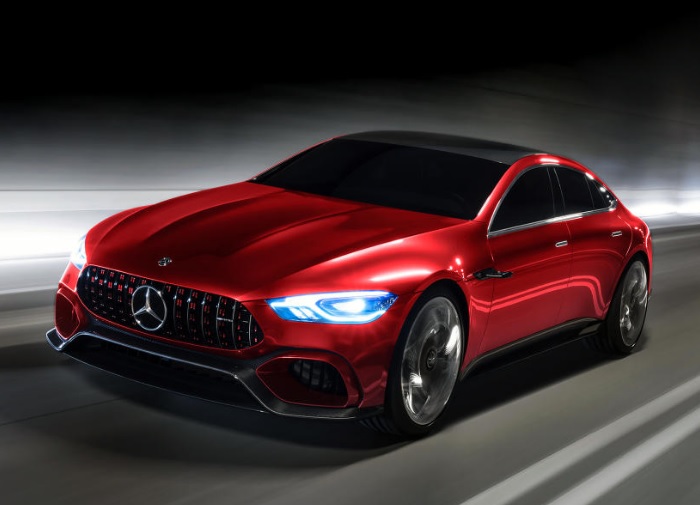 indicates that the German sports car brand is looking at adding the new model to electrification of its future models under the new electric brand. All performance hybrids from AMG will carry this EQ Power+ designation. This concept taps into a combination of a gas-powered 4.0-liter twin-turbo V8, a high-performance electric motor, and a powerful yet lightweight battery to get a total system output of 805 horsepower. The concept vehicle is being tied into Mercedes-AMG’s 50th anniversary.
indicates that the German sports car brand is looking at adding the new model to electrification of its future models under the new electric brand. All performance hybrids from AMG will carry this EQ Power+ designation. This concept taps into a combination of a gas-powered 4.0-liter twin-turbo V8, a high-performance electric motor, and a powerful yet lightweight battery to get a total system output of 805 horsepower. The concept vehicle is being tied into Mercedes-AMG’s 50th anniversary. promoting it as the flagship in the Panamera brand for its impressive power delivery. It can deliver 500 kW/680 horsepower of system power and 850 Nm of torque. It goes from zero to 100 km/m (62.13 mph) in 3.4 seconds, and can hit a top speed of 310 km/h (192.62 mph). The power comes from a 100 kW electric motor combined with a four-liter V8 engine that can bring the hybrid system 550 in horsepower.
promoting it as the flagship in the Panamera brand for its impressive power delivery. It can deliver 500 kW/680 horsepower of system power and 850 Nm of torque. It goes from zero to 100 km/m (62.13 mph) in 3.4 seconds, and can hit a top speed of 310 km/h (192.62 mph). The power comes from a 100 kW electric motor combined with a four-liter V8 engine that can bring the hybrid system 550 in horsepower. automaker’s commitment to electric vehicles with winning two titles in FIA Formula E races. The e-Sport Concept will be built on the Zoe all-electric car’s platform and will have some of the same aerodynamic design and styling of the Renault e.dams team’s Formula E single-seaters. It will also utilize lightweight carbon fiber, as does Renault e.dams’ racer. The Renault e-Sport is powered by two motors that deliver a total of 340 kW of power. It will come with two batteries for energy storage with a total capacity of 40 kWh.
automaker’s commitment to electric vehicles with winning two titles in FIA Formula E races. The e-Sport Concept will be built on the Zoe all-electric car’s platform and will have some of the same aerodynamic design and styling of the Renault e.dams team’s Formula E single-seaters. It will also utilize lightweight carbon fiber, as does Renault e.dams’ racer. The Renault e-Sport is powered by two motors that deliver a total of 340 kW of power. It will come with two batteries for energy storage with a total capacity of 40 kWh. globally at the Geneva Motor Show
globally at the Geneva Motor Show India offers a look at steep challenges and vast opportunities for clean transportation and energy from the fastest-growing country in the world.
India offers a look at steep challenges and vast opportunities for clean transportation and energy from the fastest-growing country in the world. Volkswagen’s settlement of the its “dirty diesel” scandal took a step forward last week with formation of the Electrify America LLC subsidiary. The new business unit, led by longtime executive Mark McNabb, will carry out $2 billion in investments in zero emission vehicles, infrastructure, and public outreach over the next decade. As part of the settlement, VW has been directed to make its outreach and education programs “brand neutral,” and not become VW electric vehicle marketing campaigns; and, its charging stations are to be accessible to all plug-in electrified vehicles.
Volkswagen’s settlement of the its “dirty diesel” scandal took a step forward last week with formation of the Electrify America LLC subsidiary. The new business unit, led by longtime executive Mark McNabb, will carry out $2 billion in investments in zero emission vehicles, infrastructure, and public outreach over the next decade. As part of the settlement, VW has been directed to make its outreach and education programs “brand neutral,” and not become VW electric vehicle marketing campaigns; and, its charging stations are to be accessible to all plug-in electrified vehicles.